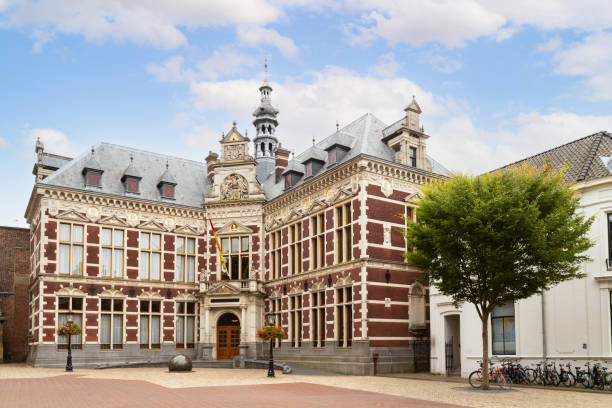
Utrecht University: A Legacy of Academic Excellence and Innovation Since Its Founding in 1636, Netherlands Utrecht University, established on March 26, 1636, stands as one of the Netherlands' oldest and most prestigious institutions of higher learning. Its inception marked a significant...